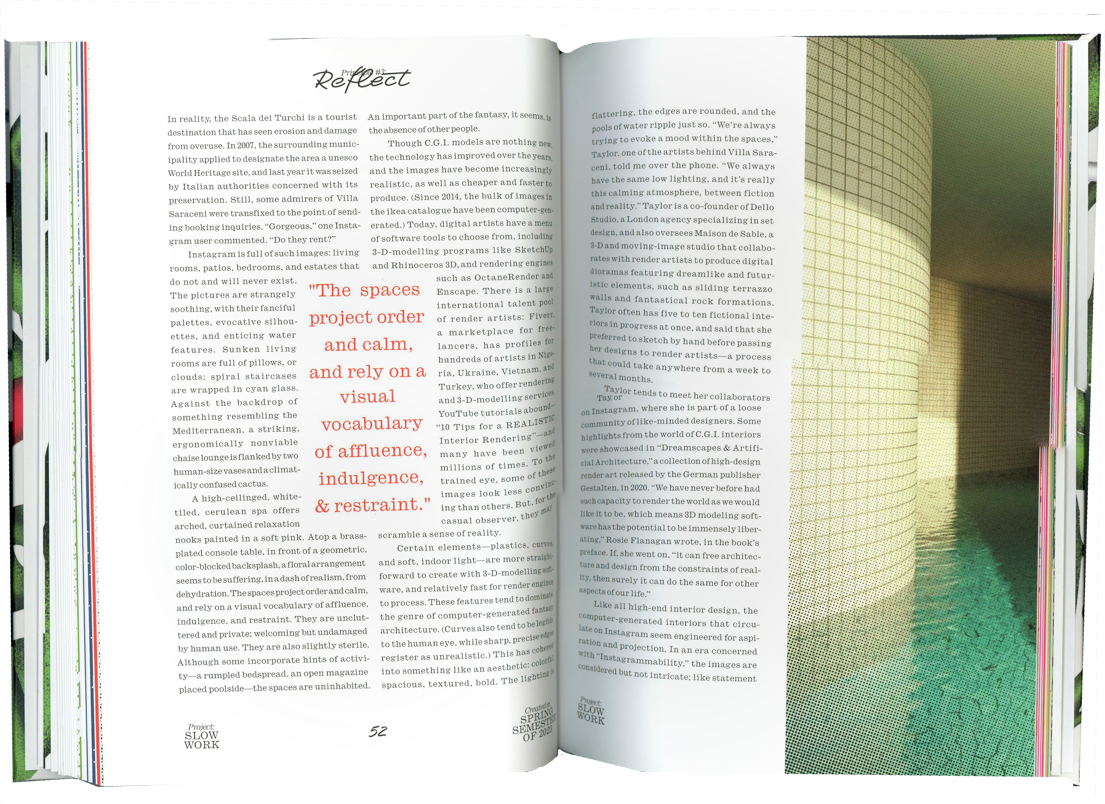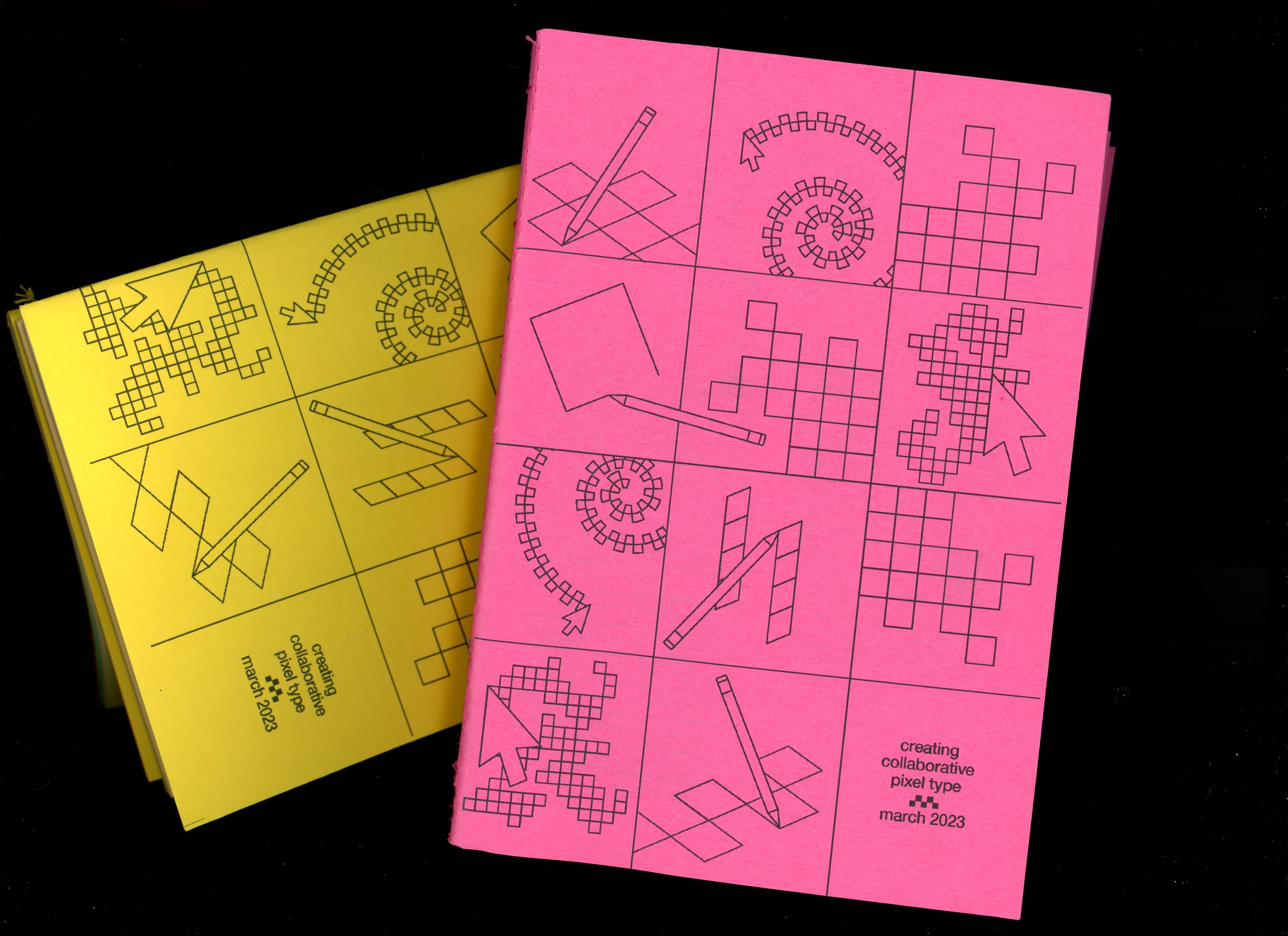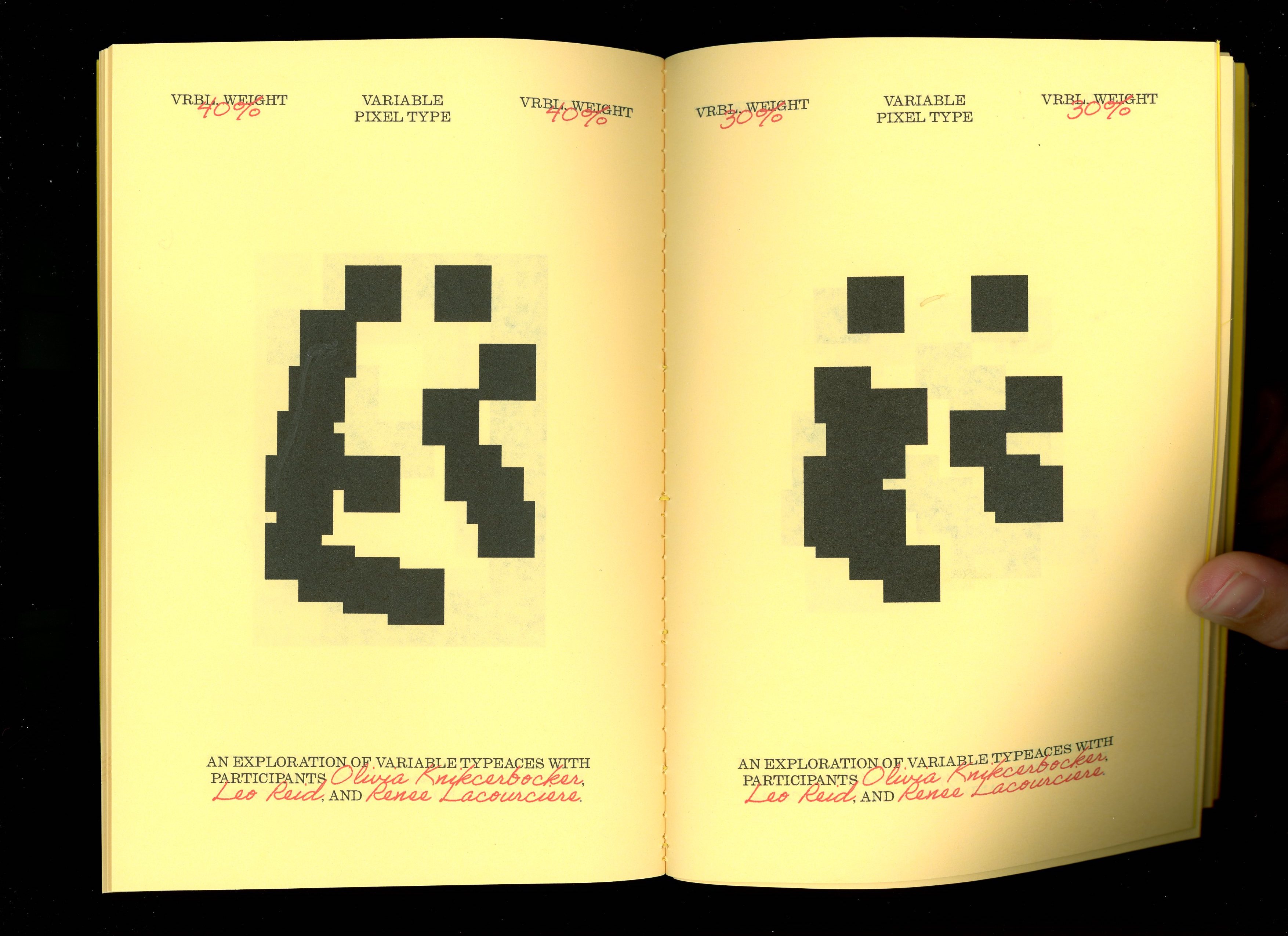This book is the culmination of an extended semester-degree project that explored the concept of slow design in the context of graphic design and, more expansively, the realm of fine arts. Through insightful conversations with peers and fellow creatives, I diligently developed a comprehensive philosophy to infuse into my personal process. The term "slow design" refers to a practice of creating objects and experiences that are made with care and attention to detail. It is a reaction to the fast-paced, disposable culture of our time, and it emphasizes the importance of taking the time to do things right.
In the context of graphic design, slow design can be seen in the use of traditional methods and materials, such as hand-lettering and letterpress printing. It can also be seen in the attention to detail that is given to the overall design of an object, from the choice of typeface to the layout of the pages. In the realm of fine arts, slow design can be seen in the use of traditional media, such as painting and sculpture. It can also be seen in the time-consuming process of creating a work of art, from the initial concept to the final execution.
For my project, I chose to focus on the slow design of books. I believe that books are one of the most important objects that we create, and I wanted to explore how slow design could be used to create books that are both beautiful and meaningful.
I began by researching the history of bookbinding and the different techniques that are used to create books. I also read about the work of contemporary book artists who are exploring the possibilities of slow design. I then began to experiment with different materials and techniques. I used hand-made papers, traditional inks, and letterpress printing. I also spent a lot of time thinking about the overall design of the books, from the choice of typeface to the layout of the pages.
The result of my experimentation was a series of books that are made with care and attention to detail. They are objects that are meant to be savored and appreciated, not simply consumed. I believe that slow design is an important concept that has the potential to transform the way we create and consume objects. It is a way of making things that is more mindful and deliberate, and it is a way of creating objects that are more meaningful and lasting.
I hope that this book will inspire others to explore the possibilities of slow design.



















